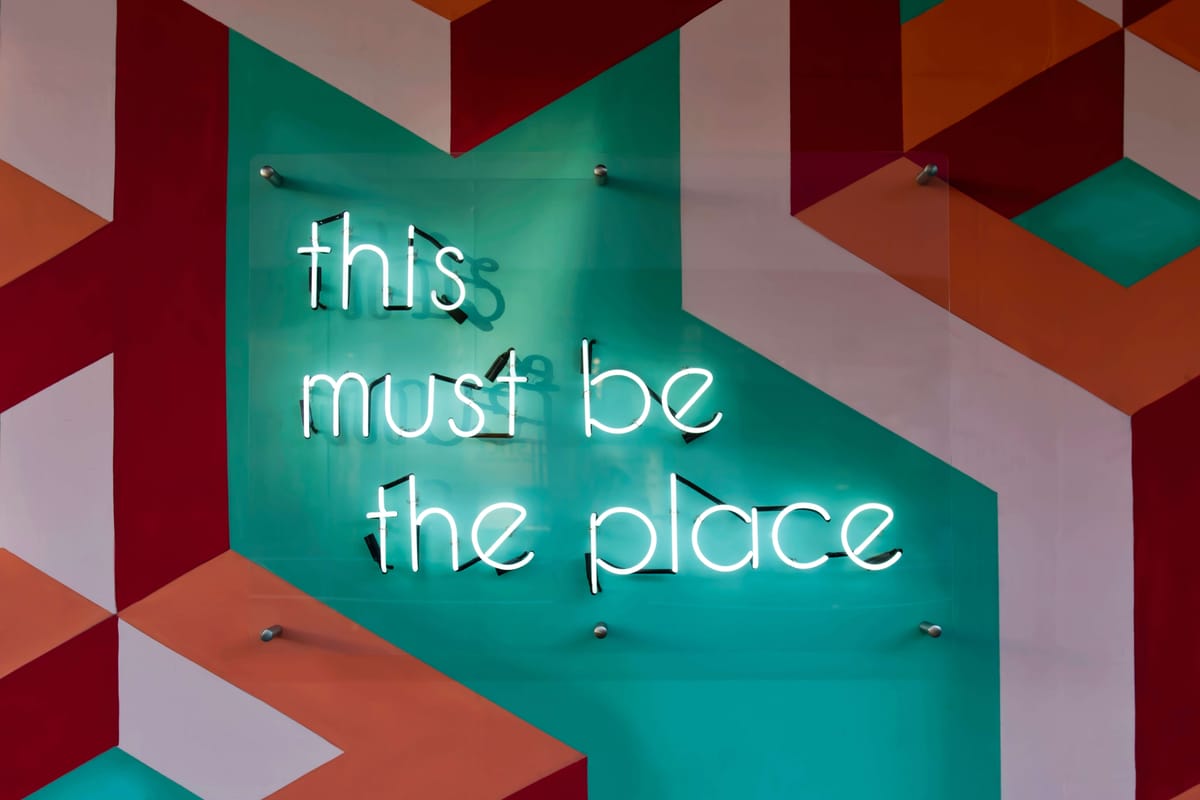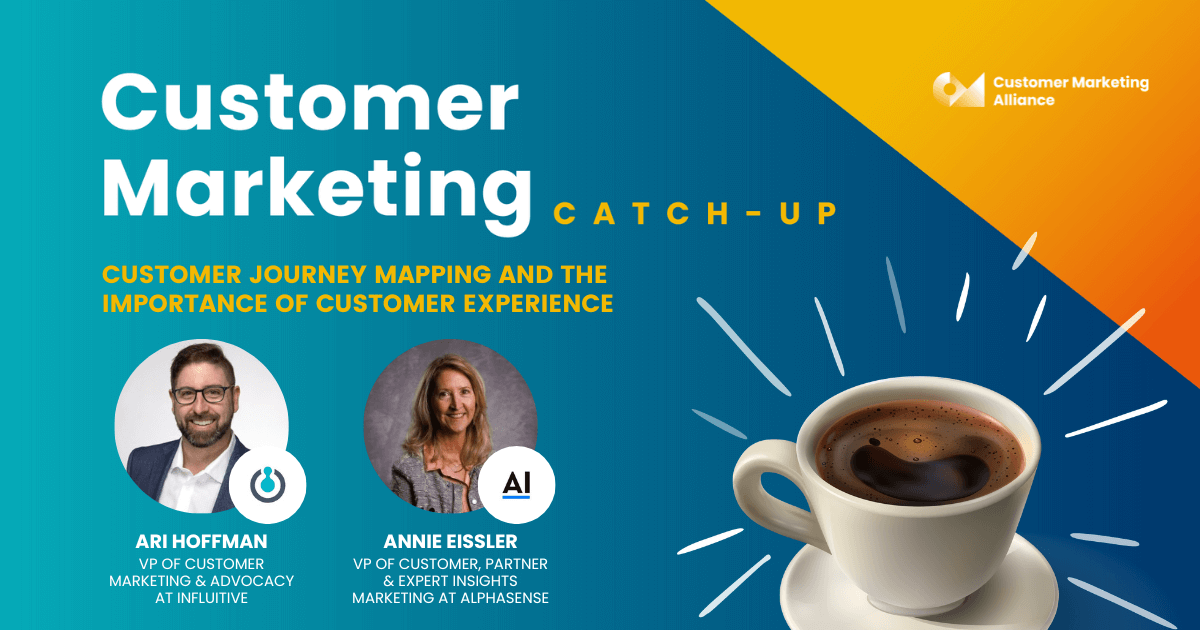When businesses say they care about their customers, it can conjure up a plethora of clichés. “The customer is always right.” “We're here for you 24/7.” “Treat every customer like they're your only customer.”
More often than not, business executives talk the talk but very rarely walk the walk.
Many businesses fail to look beyond their revenue projections to genuinely put their customers front and center. But hyper-focusing on cold, hard data will only get you so far. It’ll catch up with you; your customers will feel like cash cows and, eventually, feel devalued.
This article will guide you through the steps needed to create a genuine, customer-focused brand, from understanding your customers to aligning your entire organization around their needs. Keep reading to learn:
- What customer-focused brand is
- How customer focus is different from customer-centricity
- Why a customer-focused brand is important
- How to be customer-focused as a customer marketer
What is a customer-focused brand?
When a business prioritizes its customers’ experience and satisfaction, putting it at the forefront of its branding and marketing efforts… that’s a customer-focused brand.
Having a customer-focused culture emphasizes meeting customer needs, preferences and expectations through delivering on its products and services.
Customer focus typically revolves around the outward-facing elements of a business, like marketing and customer success. The crux of customer focus is this: it’s all in the way a company communicates with its customers, the quality of its product and its features, and how it manages those critical customer interactions. It’s often about appearing to be super-attentive and responsive to customers.
If you want to ensure your brand is customer-focused, you need to make listening a major priority. Listening to your customers and hearing what they respond to is business critical.

Is being customer-centric the same as a customer-focused brand?
You’d be forgiven for mixing up being customer-focused with customer-centricity. These two terms are often used interchangeably.
While having a customer-focused brand is important, it doesn’t always mean that every aspect of your business is built around the customer. You’ll find product-led or sales-led businesses that can be classed as “customer-focused” but they’ll still prioritize their products or services. The difference is, that while they’re treating their product or revenue as their #1 priority, they won’t ignore customer feedback and experience.
Being customer-centric, on the other hand, takes it one step further.
A customer-centric business takes time and effort to put its customers at the heart of every action and decision made to give them the best possible experience. Every decision, from product development to marketing to customer service, revolves around the customer's needs and preferences.
It’s about creating a seamless, positive experience for the customer at every touchpoint. Netflix, Amazon and Slack are companies that are consistently lauded for their customer-centricity because they constantly innovate and improve based on customer feedback and needs.

Why is being customer-focused important?
It does sound like an overused cliché, but it’s true: we live in an ultra-competitive climate where everyone and their mother are trying to sell you something – and sell it well. No matter where you look – whether it’s a commercial on TV, an advert on Instagram, or an email in your inbox – companies are all vying for your attention and doing their utmost to make you feel like #1.
In 2018, Gladly produced its Customer Service Experience Survey and discovered that “68% of consumers say they are willing to pay more for products and services from a brand known to offer good customer service experiences.”
The benefits of having a customer-focused brand are too good to pass up, namely increased customer loyalty, higher retention rates, and stronger brand reputation.
A consistently engaged and retained customer base? You’ve just described a CMO's idea of heaven. Remember, as a customer marketer, it’s your job to help provide your existing customer base with exceptional experiences that reaffirm their loyalty and propel them toward advocacy.
How to be customer-focused as a customer marketer
Create customer personas
Segmenting your customer base is the quickest way to provide targeted, meaningful experiences to your customers. You want every customer to feel like your in-app messaging, email campaigns, content, and social media posts to feel as if they’ve been crafted especially for them.
To become more customer-focused and signal to your customers you’re invested in their success, consider implementing the following strategies:
- Conduct customer research to develop detailed customer personas
- Utilize data analytics to understand customer behavior
- Personalize communication across all channels
- Offer tailored product recommendations
- Continuously gather and act on customer feedback
- Implement a robust loyalty program
Suppose you’re serious about becoming more customer-focused. Unfortunately, it won’t happen overnight, however, we suggest you adopt these approaches.
Over time, you’ll gradually demonstrate your commitment to understanding and meeting your customers' unique needs, ultimately fostering stronger relationships and driving long-term loyalty.

Brand accessibility
There’s nothing worse than a stuffy, disingenuous, or outdated brand image. It’s such a tell-tale sign of a lack of corporate self-awareness. Brands that don’t attempt to imagine how the customer thinks or showcase themselves as champions of said customers don’t stand a chance.
As we mentioned earlier in this article, every business is trying to appeal to humans. People are sick of being marketed to. The days of insincere, aggressively sales-y techniques of the twentieth century are no longer fit for purpose. Customers want to feel something when they interact with a brand. They don’t want to part their hard-earned money for a money-grabbing monolith of a corporation; they want to feel seen and understood.
Making your brand’s tone of voice accessible, relatable and inclusive is a must in today’s oversaturated market. Customers don’t want to feel like cattle. They don’t want to feel like a commodity. They seek authentic connections with brands that understand and value them as individuals.
One way of tackling this accessibility problem is by incorporating an omnichannel customer experience strategy to provide customers with a multitude of ways to interact with your brand.
Customers want the option to be able to engage with your brand outside of Monday-Friday, 9-5. They want to know they can email your customer support and get a speedy response. They want to know your chatbot on your website is easy to navigate and talk to. They want your content and imagery to be branded in accessible fonts and colors for readability.
It all matters and contributes to the customer's overall impression of your brand image.

Practice active listening via customer feedback
This one is a biggie. Customer feedback is a marketer's bread and butter. To be able to truly deliver the value and experience a customer deserves, you need to first listen to them. What’s worked well and what hasn’t?
Listening to their pain points through surveys, interviews, and social listening is a great way to tap into their unique insights and demonstrate the voice of the customer in your customer marketing strategy.
Lean in on data analysis
Now this may feel at odds with this article’s human-first ethos, but bear with us. Data analysis is a customer marketer’s ride-or-die. It doesn’t mean ignoring your customers and prioritizing numbers on a screen – far from it.
Data analysis helps provide a holistic view of the customer journey and offers a unique perspective on customer behavior, engagement and preferences.
Your customer marketing data insights, whether that’s email open rate or pop-up click-through rate, can be shared with your customer success team to help identify unengaged at-risk customers and help pre-empt churn.
Map the customer journey
Understanding where your customers have come from and what interactions they’ve had with your brand is non-negotiable.
As a customer marketer, your goal is to nurture customer relationships and drive engagement and satisfaction. You can’t do that without knowing every touchpoint. Whether that’s a blog on your website, an email, a social post, or a conversation with a chatbot, each one of these interactions informs the DNA of the customer.
You can map out the customer journey and identify potential pain points or areas for improvement, which can then enhance future customer experiences. Ultimately, you want your customer journeys to be as seamless and as possible as possible.

Go beyond lip service
Creating a customer-focused brand goes beyond just paying lip service and offering the odd customer discount. It requires a deep knowledge of your customer base, active listening, and a commitment to meeting their needs at every touchpoint.
When you align your brand around the customer and continually refine your approach based on feedback, you can foster stronger relationships and drive long-term loyalty. Remember, a truly customer-focused brand doesn’t just promise great experiences – it delivers them consistently.
Re-familiarize yourself with the essentials of customer marketing
Looking for a well-rounded course that teaches the fundamental properties of customer marketing? Then look no further than Customer Marketing Certified: Core.
Accelerate your customer marketing career with the most cutting-edge and comprehensive curriculum around, and walk away with new knowledge, tried and tested strategies, and a competitive edge.
By the end of the course, you'll:
🧠 Understand the full breadth of the customer marketing function.
💪 Be armed with all and only the most up-to-date and successful customer marketing tactics and trends.
📈 Up-skill yourself in every core competency required for your role, and prove your strategic value.
🏆 Tap into the proven strategies used at some of the world’s most innovative and established brands.
🔖 Earn an official certification to boost your resumé and accelerate your career.





